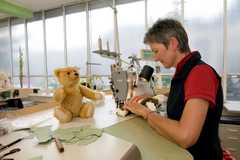End of outsourcing / Global
Welcome home
From fashion through to toys, outsourced production lines are closing down and the spotlight is being placed firmly back on local industries and economies. As well as the individual benefits companies stand to gain from bringing manufacturing back to their own countries, the wider implication is that not every western nation has to be a service economy.
For years, the chase to cut costs has made manufacturers sprint overseas. But now, in the wake of escalating oil prices and transport costs and a general unease about the outsourcing of jobs to less than scrupulous factory owners, production is coming back home.
It makes good business sense. The price to shift a standard 12m container from East Asia to North America’s east coast has tripled since 2000, and will double again if, as many predict, oil prices reach $200 a barrel by 2012.
“The era of cheap oil is over. Oil prices will continue to rise, transport costs will rise and it will reverse all those trends that we have seen in globalisation over the past 20 years,” says Benjamin Tal, senior economist at CIBC World Markets.
“Made In Where You Think It Should Be Made Inc” is enjoying a revival (aided by customers who are wising up to Danish furniture made in Asia or Italian shoes that are not assembled in the supposed home of footwear). As our case studies show, production is done best when it is in the hands of the experts.
Case study 01: STEIFF
The bear facts
“We do best what we do ourselves,” says Martin Frechen, managing director at Steiff, remembering the moment the 128-year-old German toy company decided to bring its production back from China. “That’s when we said OK, let’s just do it 100 per cent ourselves again.”
Since 2004, Steiff has been manufacturing 20 per cent of its toys in China. The company originally looked to Asia to slash prices. “The only way to do that was to go where everybody else was with the toys, which is China,” explains Frechen. But after encountering unforeseen problems, including production delays and poor-quality craftsmanship, it changed its mind.
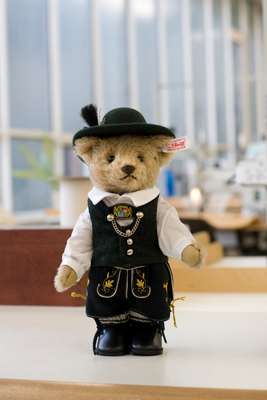
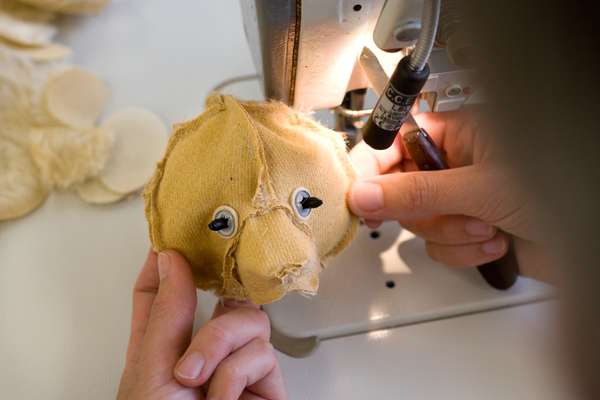
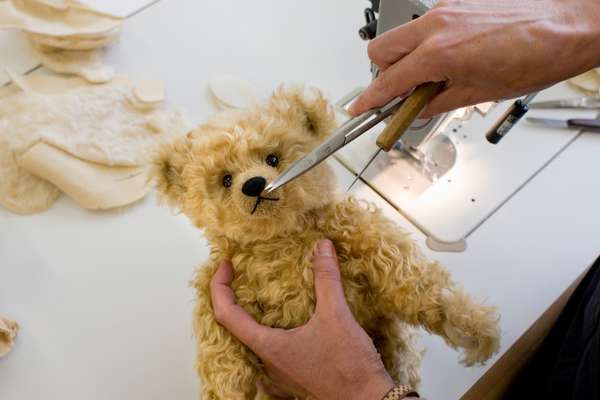
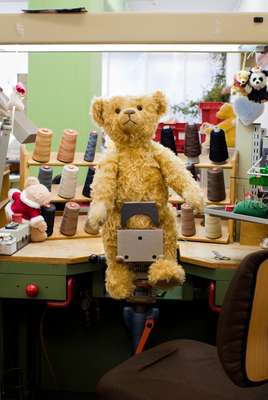
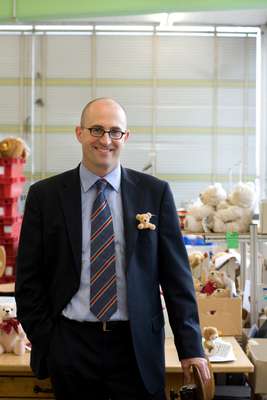
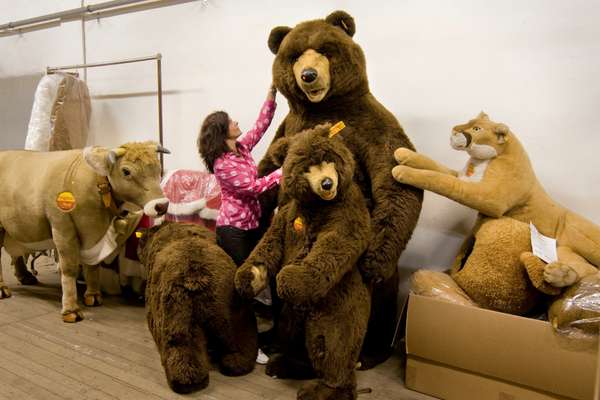
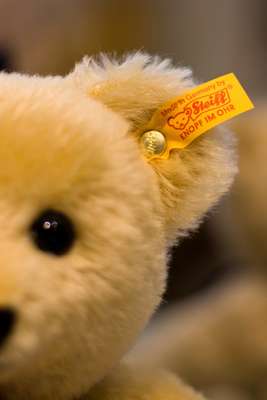
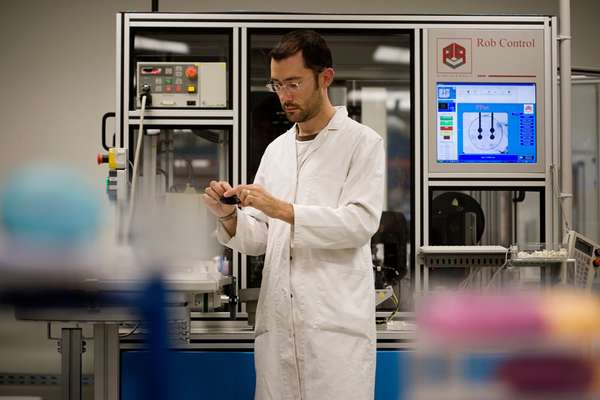
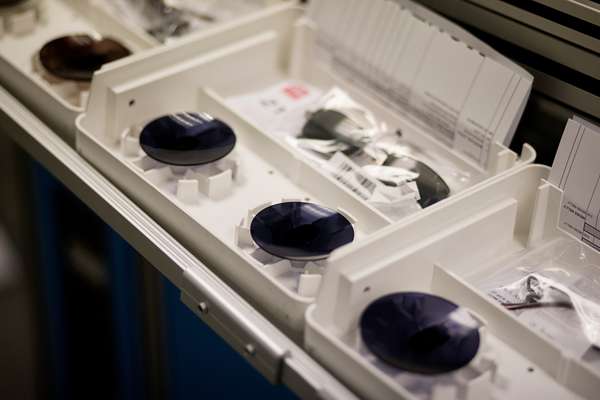
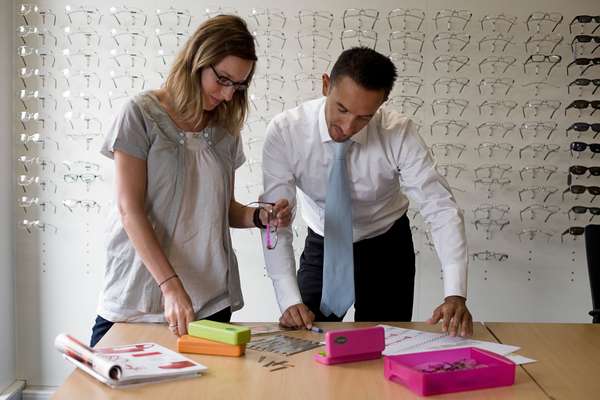
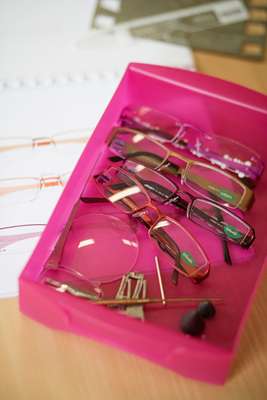
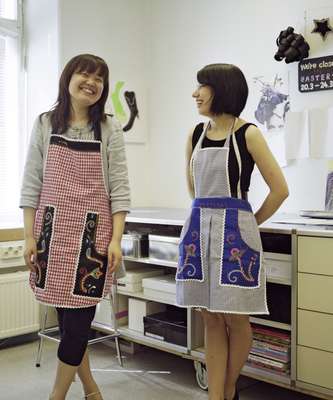
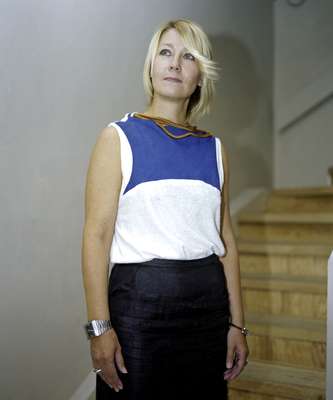
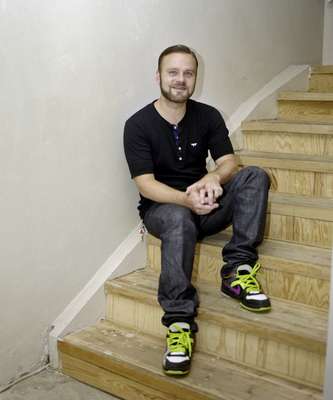

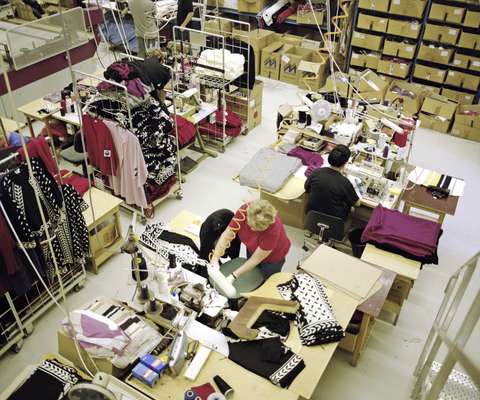
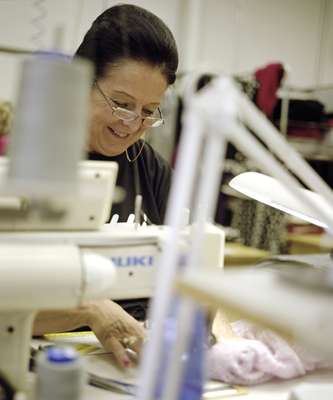
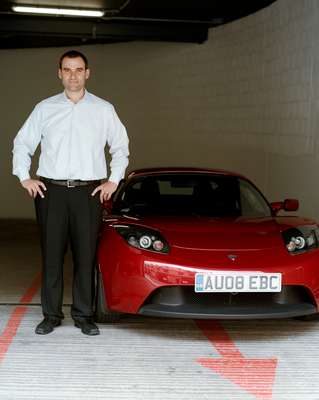
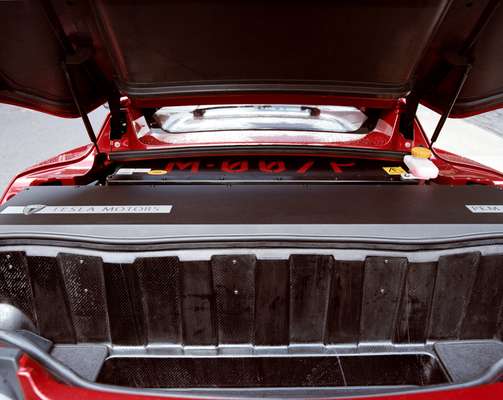
By 2009 production will be back in Steiff’s sewing hands at its workshop and HQ in Giengen an der Brenz in southern Germany and factories in Portugal and Tunisia. “The overall logistical process [in China] is not ideal. Potential benefits that might be seen on labour costs are eaten up by different factors. We don’t get the continuity and stability out of the production in China that we need,” says Frechen. Teddies with twisted legs, open seams and wonky eyes never made it on to the ship to Germany – but that was a lot of wasted bears. A high staff turnover rate also caused difficulties with training.
Back at the workshop, it’s a different story. Here workers, some of whom have been at Steiff for 30 years, sit quietly behind sewing machines, delicately trimming the bears’ nose hairs and fixing eyes. As each of the 600 toys in the range is made from up to 25 parts, it’s a laborious process that requires tricky fingerwork. And Frechen, who gets the final say on any new creations, is very particular. He’s also clearly passionate about all things furry, and has a miniature teddy tucked into his top pocket. “It has to say, ‘Take me in your arms, hug me, I’m here for you, I’m your best friend.’ It’s that lifelikeness and friendliness that gives the animals soul, that sets it apart from everybody else on the market. This can only be achieved with talented and skilful craftsmen.” steiff.de
Case study 02: atol
Fresh vision
When Philippe Peyrard was appointed managing director of Atol 13 years ago, his job was to expand a small French co-operative of 20 independent opticians. Today, Atol comprises 200 opticians with over 700 shops throughout France and Switzerland. In 2007 its turnover was €306m. But Peyrard is not one to sit on his laurels. In a bold move, the company decided to relocate part of its frame manufacturing from China to France. Last year Atol launched its first French-made spectacle brand, Ushuaiä Optique. Another Made In France luxury brand followed this summer: the Adriana Karembeu Collection. It became an instant hit. “We had a lot of people saying they preferred to pay a bit extra for a French-made product,” he says.
Over the next few years, Peyrard is hoping to bring even more of Atol’s business back to France. “If French manufacturers begin to understand what we want and decide they want to help us, then we can start to think about moving more production back to France,” he says. “I think it’s the best way to make glasses for the high end of the market.”
With a glint in his eye he remembers when he approached French frame manufacturer Oxybis, requesting a three-year supply of the glasses. “Their eyes opened wide like this,” says Peyrard, feigning a look of amazement. “Their reaction was, ‘Surely you mean three months.’ ‘No’, I replied, ‘three years’.”
Today, at Atol’s impressive logistics and production centre in the eastern town of Beaune, 100km from the Jura region where the frames are manufactured, the message is a positive one. “We are trying to build Atol’s image by being as close to people as possible,” says Peyrard. “The best way to do that is by being close to the local economy, therefore we are doing what we are saying and saying what we are doing. French people like that.”
Atol’s own workforce of nearly 200 staff is spread between Beaune and Antony, a suburban town south of Paris, where the design team is located. It is here where the Ushuaiä brand, with its lightweight Inox steel frames and lacquer finish, is designed. While the reality is that using French manufacturers costs an additional €500,000 a year, Peyrard is confident of creating a virtuous, as opposed to a vicious, circle.
“Placing an order with Oxybis has made the company far more productive, producing 150 frames per hour as opposed to 100 a few months ago. If we want the kind of growth that Sarkozy and co are looking for, firms like ours have to be economically responsible.”
Case study 03: hanna sarén
Cut no corners
When Finnish fashion designer Hanna Sarén got her first big order in 1999, 300 pairs of clogs for the Japanese retailer Beams, she put the leather details together on her own kitchen table. Today, orders for her elegant clothing and accessories lines have multiplied and annual sales are around €500,000. A sleek flagship store opened in Helsinki in 2006.
But back in 2001, when orders first started growing, Sarén’s husband-and-CEO Jussi Tiilikka looked at eastern Europe and found manufacturers in Estonia he thought could help because of their lower labour and production costs. But due to a combination of economic and logistical pressures, production of the 2008 collection was brought back to Finland. “When Estonia joined the EU, [production] prices started increasing,” Sarén explains. “Jussi had to be there for three to four days every week, it started to get complicated and expensive. On top of that, deliveries were often late.”
Today, all of Sarén’s products are made in Finland, with the exception of shoes and certain lace details. Price-wise, there isn’t much difference: sewing is approximately 20 per cent more expensive in Finland compared with Estonia, but transport costs are cut by half. Other benefits outweigh the small savings. “In Finland, the products can be on a bus at 8am and be at the shop at 12. Reliability is also higher, plus we can monitor the process and make smaller orders,” Tiilikka says.
The company now works with several sewing shops around Finland. Many are tiny, set up by seamstresses who were laid off when much of the clothing industry moved to cheaper countries. “The sewing industry was disappearing, but now, it’s coming back. Companies like us are creating a new base, in a small and romantic way, but for real,” says Sarén.
While others continue to chase savings in eastern Europe, they might do well to consider that Made in Finland could be a more rewarding, sustainable and profitable option.hannasaren.com
Case study 04: tesla motors
The drive home
Before production of its first sports car, the slick Roadster, kicked off in March, Californian electric car company Tesla Motors had a change of plan. It was going to manufacture the vehicles’ battery packs in Thailand, but when it looked again at the long shipping times and hidden cost, it realised it had the opportunity to bring its engineering, design and manufacturing facilities all under one roof. The 1,000lb battery packs are now being made in Tesla’s headquarters in San Carlos, in the heart of Silicon Valley. While the cars are manufactured at the Lotus plant in Britain, final assembly takes place in Tesla’s new showroom in Menlo Park, close to the San Carlos HQ. Next in production in 2010 will be a four-door, five-seater sedan. It is being designed by Tesla’s new design chief, Franz von Holzhausen, a former director of design at Mazda, North America. In a further boost for the local economy, the cars will be entirely manufactured in California and the Tesla team is scouting out sites in the San Francisco Bay area. “We think we can do it better here. It’s a mistake for people to automatically assume that the right thing to do today is to outsource and cut corners on design,” says Darryl Siry, Tesla senior vice president of global sales, marketing and service. With its considered approach, Tesla shows there can be another way – one that champions Made in USA while also making good business sense.
tesla.com
Four local heroes who have managed to keep craft in their country
Provenance hero 01
John Smedley
Knitwear
UK
John Smedley makes wool, cotton and cashmere knitwear. Dawne Stubbs is creative director.
Where are your products manufactured?
In Lea Mills in Derbyshire, an area of outstanding natural beauty where John Smedley began in 1784. It was also the birthplace of the industrial revolution.
How challenging has it been to keep it there?
With other brands flocking offshore, it would seem irresistible not to follow. But we believe we would lose the essence of our brand. The craftsmanship and skills are essential to the product. Also we remain specialists in producing the finest knitwear. All of our future development and innovation centres around that.
johnsmedley.com
Provenance hero 02
Hublot Watches Switzerland
Jean-Claude Biver is CEO of admired Swiss watchmaker, Hublot.
Tell us about your production.
We produce and assemble in Nyon, in the north of Geneva — the capital of fine Swiss watchmaking.
How challenging is it to keep production there?
It is the most challenging part of our business. But it is also the most important, as it gives us autonomy, independence and protection. Not only can we develop according to our needs and ideas, but we can keep the process and the research and development confidential. The real value of a watch comes from what is made
at home and the difference with the competition.
hublot.com
Provenance hero 03
Kasper Holst Pedersen
PP Møbler
Furniture
PP Møbler is world-renowned for its expertly crafted Danish wood furniture. Kasper Holst Pedersen is the vice CEO.
Where do you manufacture?
Our production is done in a workshop in Allerød, which was set up in 1953.
How challenging has it been to keep producing at home?
It’s never been a challenge – it’s a must. We have seen how craftsmen in foreign countries work and think in a fundamentally different way to us. To move our production makes no sense – we have all the high- quality resources we need in Denmark.
ppdk.com
Provenance hero 04
Roberto Gavazzi
BoffiKitchens and bathrooms
Italian manufacturer Boffi crafts elegant kitchen and bathroom fittings. Roberto Gavazzi is CEO.
Where do you manufacture?
At Lentate sul Seveso, in Brianza, Italy, between Milan and Como.
How important is provenance to Boffi?
It is of fundamental importance. The Brianza area is synonymous with the highest levels of manufacturing quality and craftsmanship within the furniture sector worldwide. By choosing to keep our manufacturing base in such an established area we are able to maintain the highest standards on all fronts.
boffi.it

